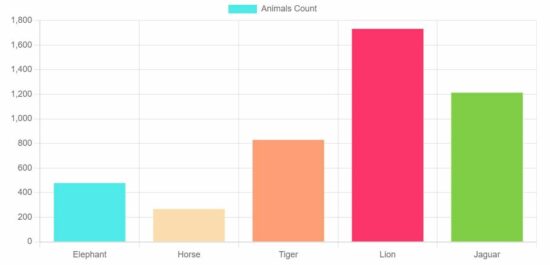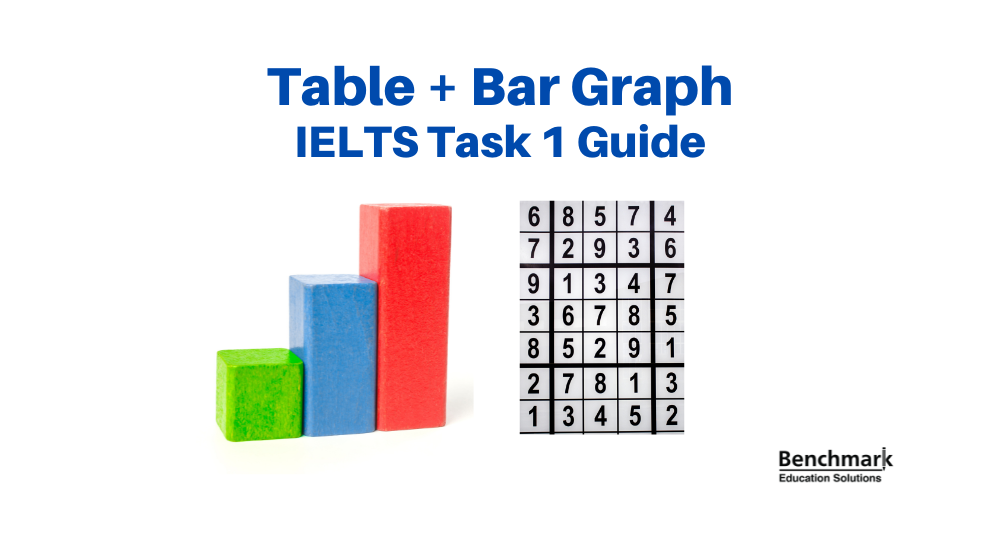Decoding The Bar Chart: A Complete Information To Understanding And Decoding Visible Knowledge
Decoding the Bar Chart: A Complete Information to Understanding and Decoding Visible Knowledge
Associated Articles: Decoding the Bar Chart: A Complete Information to Understanding and Decoding Visible Knowledge
Introduction
On this auspicious event, we’re delighted to delve into the intriguing matter associated to Decoding the Bar Chart: A Complete Information to Understanding and Decoding Visible Knowledge. Let’s weave fascinating info and supply recent views to the readers.
Desk of Content material
Decoding the Bar Chart: A Complete Information to Understanding and Decoding Visible Knowledge

Bar charts, a staple of knowledge visualization, are highly effective instruments for representing and evaluating categorical knowledge. Their simplicity belies their versatility; they’ll successfully talk complicated info, reveal developments, and facilitate comparisons throughout varied classes. From easy gross sales figures to complicated demographic breakdowns, bar charts supply a transparent and concise technique to current knowledge, making them indispensable in fields starting from enterprise and finance to science and schooling. This complete information delves into the intricacies of bar charts, exploring their differing kinds, building, interpretation, and limitations.
Understanding the Fundamentals: What’s a Bar Chart?
At its core, a bar chart is a graphical illustration of knowledge that makes use of rectangular bars to point out the values of various classes. The size or top of every bar is proportional to the worth it represents. This direct visible correspondence makes it straightforward to match the magnitudes of various classes at a look. The classes themselves are sometimes displayed alongside the horizontal (x) axis, whereas the values are represented alongside the vertical (y) axis.
For instance, a bar chart might illustrate the gross sales of various merchandise over a month. Every product could be a class on the x-axis, and the size of the bar corresponding to every product would symbolize its gross sales figures on the y-axis. An extended bar would instantly signify increased gross sales for that exact product.
Varieties of Bar Charts: Exploring the Variations
Whereas the essential precept stays the identical, bar charts are available in a number of variations, every suited to particular knowledge presentation wants:
-
Vertical Bar Charts: The most typical kind, the place bars prolong vertically from the x-axis. This orientation is usually most well-liked when evaluating classes with many values or lengthy labels. The vertical association permits for a clearer presentation of longer labels with out overlapping.
-
Horizontal Bar Charts: On this variation, bars prolong horizontally from the y-axis. Horizontal bar charts are significantly helpful when coping with lengthy class labels, as they keep away from overlapping textual content and enhance readability. They’re additionally continuously used when rating classes in descending or ascending order primarily based on their values.
-
Clustered Bar Charts (Grouped Bar Charts): These charts examine a number of variables inside every class. For instance, you may examine the gross sales of various merchandise throughout completely different areas. Every class (product) would have a number of bars representing the gross sales in every area, clustered collectively. This permits for direct comparability of various variables throughout the similar class.
-
Stacked Bar Charts: Much like clustered bar charts, stacked bar charts additionally examine a number of variables inside every class. Nevertheless, as a substitute of inserting bars side-by-side, the bars representing completely different variables are stacked on high of one another inside every class. The entire top of the stacked bars represents the sum of all variables inside that class. This sort of chart is helpful for exhibiting the contribution of every variable to the general complete.
-
100% Stacked Bar Charts: A variation of the stacked bar chart, the place the peak of the stacked bars is normalized to 100%. This permits for simple comparability of the proportion of every variable inside every class, moderately than their absolute values. That is particularly helpful when evaluating proportions throughout classes with vastly completely different general totals.
Developing a Bar Chart: A Step-by-Step Information
Creating an efficient bar chart entails a number of key steps:
-
Knowledge Assortment and Preparation: Start by gathering the related knowledge. Guarantee your knowledge is correct, constant, and appropriately categorized.
-
Selecting the Proper Chart Kind: Choose the bar chart kind that most accurately fits your knowledge and the message you wish to convey. Take into account the variety of classes, variables, and the kind of comparisons you wish to spotlight.
-
Axis Labeling: Clearly label each the x-axis (classes) and the y-axis (values). Use concise and descriptive labels. Embody items of measurement (e.g., {dollars}, proportion, and so forth.).
-
Bar Illustration: Make sure the bars are uniformly spaced and proportional to the values they symbolize. Keep away from overcrowding the chart with too many classes or bars.
-
Legend (if relevant): If utilizing a clustered or stacked bar chart, embody a transparent legend to determine the completely different variables represented by completely different colours or patterns.
-
**








Closure
Thus, we hope this text has offered invaluable insights into Decoding the Bar Chart: A Complete Information to Understanding and Decoding Visible Knowledge. We recognize your consideration to our article. See you in our subsequent article!